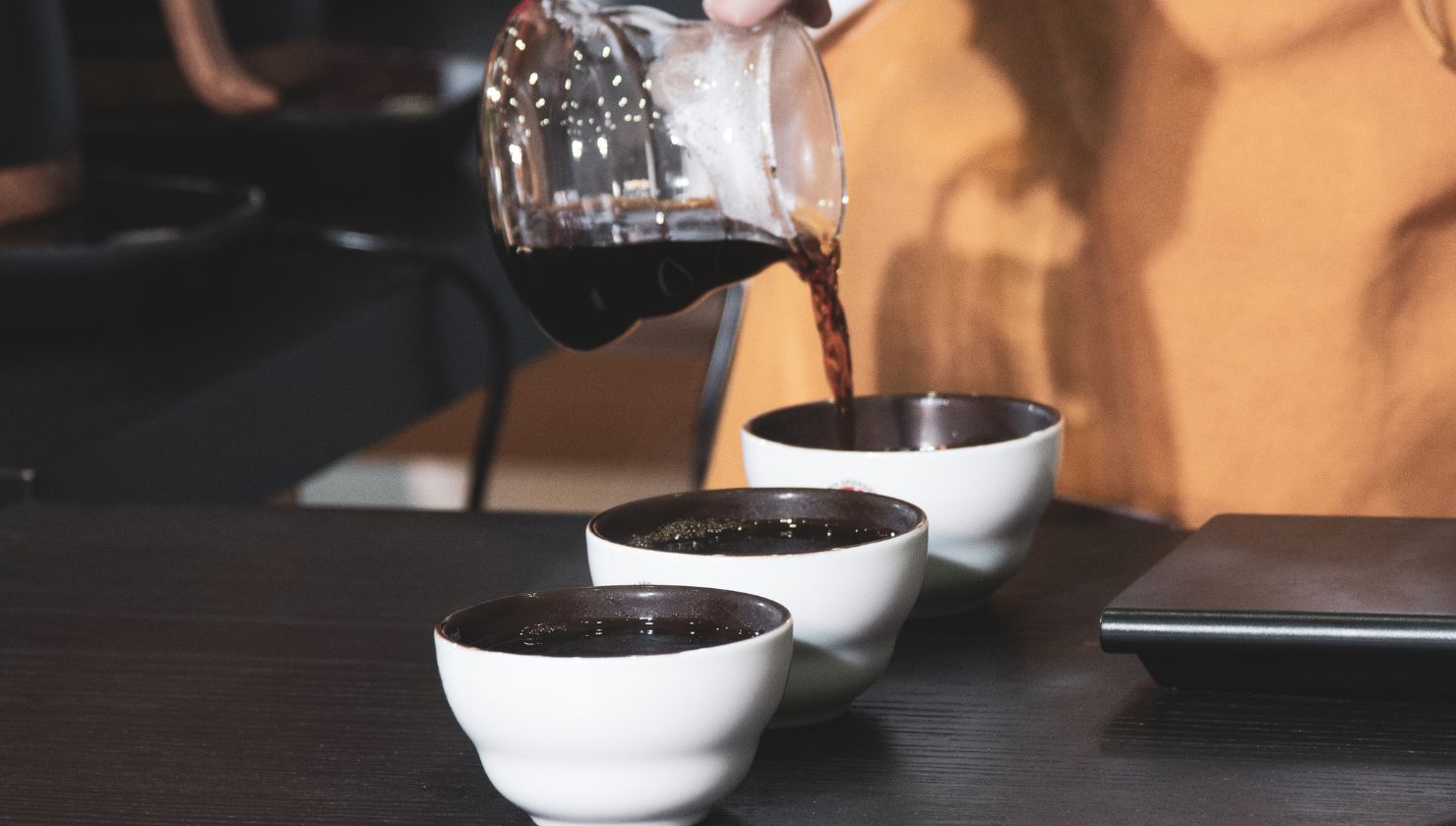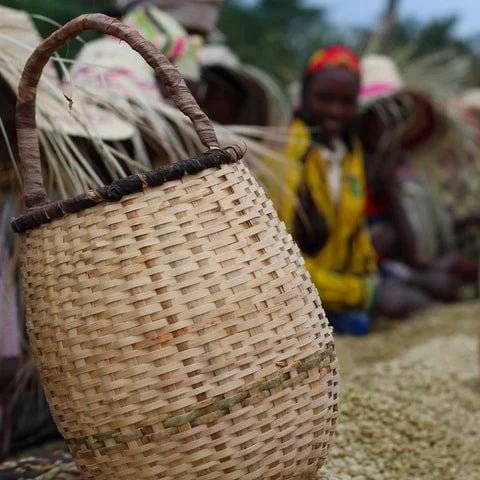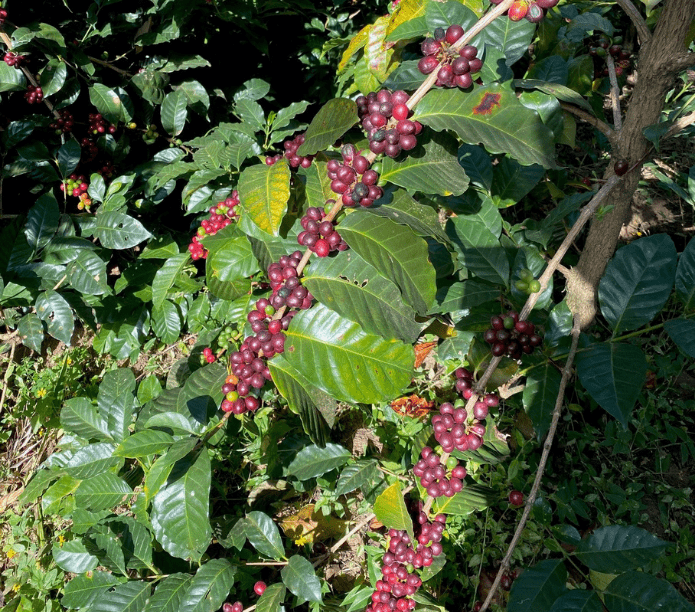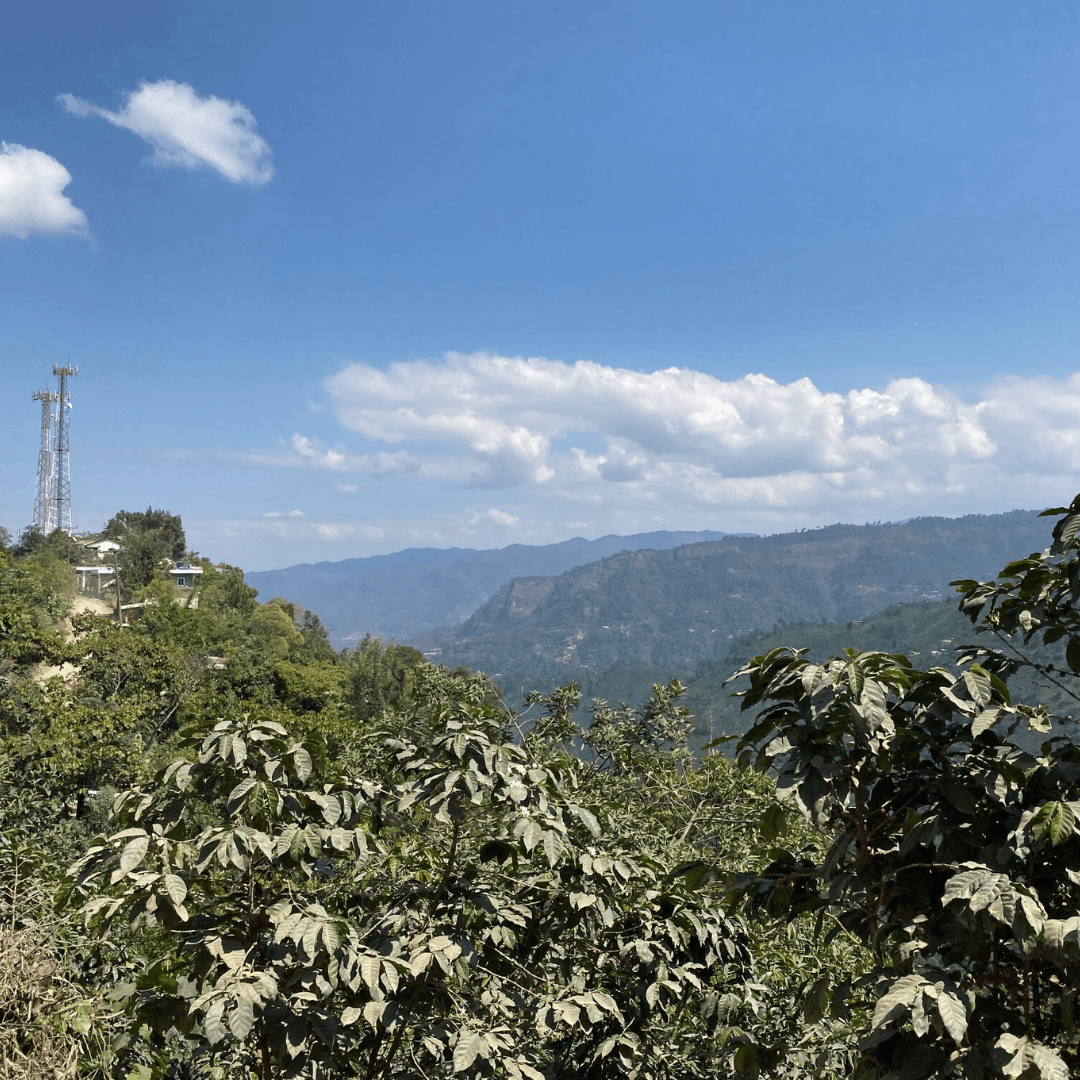How to grow coffee?
How to grow 'specialty' coffee?
Why do most of us humans know about coffee but have no idea about where coffee comes from? So how does coffee grow? And what is the best way to grow specialty coffee?
Every cup of coffee we drink requires 1.4 square feet of land to be cultivated for coffee growing, and with more than 200 million people worldwide, coffee is big business. Coffee is the second most traded commodity in the world, falling just behind oil. There’s a lot of coffee being grown, processed, roasted, brewed and enjoyed out there. With that in mind, and the fact that this is merely a blog post and not a book, I’ll focus on how to grow specialty grade coffee only. Seeing as we roast the stuff, it just makes sense. Cheaper and commercially grown coffees have similar traits but are a completely different ball game. Listen up coffee friends, I’m taking you away to a place far far away from home…
Which coffee plant is the best?
First up, you’ll need the right seed to grow a high-quality coffee tree, which will produce high-quality green coffee beans, which will end up in your cup, tasting amazing. If you start with a winner, you’ll have a chance of getting it right. As my music teacher advised me back in the day, “you can’t polish a turd”. Same applies for coffee.
Robusta v Arabica
There are two main coffee species that are sold around the world. Robusta and Arabica. In simple terms, Robusta is the cheap bitter tasting stuff that packs a high amount of caffeine. Think cheap pre-ground tubs at the grocery store, instant coffee packets... you with me? Robusta makes up 30%(ish) of the world’s coffee market so it must have some positives. It’s easy to grow, quick to get started and it rarely suffers from plant disease, poor climate conditions and storms. So this is attractive for farmers as they’re always guaranteed an income. Downside is, the prices paid for poor tasting coffee isn’t much.

On the other hand, Arabica beans are much tastier and tend to have less caffeine than their bitter tasting younger brother Robusta. They tend to be harder and more expensive to grow and vulnerable to the climate, poor soil and disease (leaf rust especially). But due to their much, much better tasting flavor, farmers can command higher prices leading to a market share of almost 70% worldwide. When we talk about specialty grade coffee, we’re talking about arabica coffee that has scored at 80 or above, out of 100, which is only the top 3% of coffee in the world. And this is what we’re going to dig into today, how to grow specialty grade arabica coffee.
But before I go on…
What is coffee-leaf rust?
Coffee leaf rust is one of the most important threats to coffee production globally. Coffee rust is a disease that causes defoliation and has resulted in severe crop losses all across the world. To combat this, scientists are creating Arabica and Robusta hybrids, mixing the flavor of arabica coffee with the high yields and disease resistance of robusta. This is exciting but we’re still in the early stages of creating the ultimate coffee varietal just yet. Watch this space!

Back to it..
Where is the best place to grow coffee?
Now you’ve selected a super badass arabica coffee, and bought a bag of seeds, you’ll need to work out the best place to grow these divinely beautiful coffee plants.
The right environmental conditions
Due to being quite particular environmental conditions, most coffee around the world is grown around the bean belt, aka the equator. These delicate coffee plants need a tropical climate where there is no frost, a ton of sunshine, and plenty of water. Not too much, and not too little of all of these things is needed. Your average coffee plant has very particular needs so you can’t just pop a seed in the ground and hope for the best.

Stick those seeds in a moist, fertile, well-drained soil, under a shaded canopy that receives a healthy dose of sunshine every day. Volcanic soil is amazing for the growth of your coffee plant, but clay and alluvial will also get the job done. Some farms will have native crops growing alongside the coffee plants, providing shade and nutrients in the soil to help the coffee grow flavorful coffee cherries.
High elevation
Needless to say, due to the growing conditions needed, coffee grows best at high altitudes. This is why you’ll see the elevation or altitude statistic on our coffee descriptions. The higher the coffee was grown, the better tasting it will be (ish).

Why does any of this matter?
Ultimately, as roasters here in Austin, TX, we pay more money for the best tasting coffees. So we pay close attention to the origin, varietal, soil and elevation of where we buy our coffees from. This helps us narrow down the farmers and cooperatives we want to partner with.
The basics of growing coffee
Growing coffee is not a quick fix money making plan! Far from it. Coffee plants (trees) will take 3 to 5 years to bear fruit once you’ve planted your seeds. This is called the growth phase. Next up is called the productivity phase, when the coffee tree starts producing cherries. This will last anywhere from 15 to 25 years after which the tree declines and dies.

Each coffee cherry has 2 coffee seeds inside the fruit, known to me and you as green coffee beans. Each coffee plant produces 2,000 coffee cherries a year, which is about 4,000 coffee beans. That works out at roughly one pound of roasted coffee per healthy tree, per year. That’s a whole lot of work for just one pound of coffee!
Once the tree hits the productivity phase, the cherries can take from 7 to 11 months to ripen, and when ripe, the cherries turn a deep, bright red, the size of a large grape. Beautiful jasmine-scented white flowers bloom for a few days to signal that it’s time to pick these red ripe cherries, while new green cherries start to form.

This requires the close attention of coffee farmers and the pickers, as high quality, better tasting coffee is largely a result of picking the cherry when it’s at peak red ripeness. So this is done by hand during harvest, once or twice a year. When a basket full of cherries has been picked, they are taken down the mountainside to be processed, sorted and sold as green coffee. This process of stripping the skin and fruit from the seeds can result in drastic flavor changes, so it’s as important as the growing stage. But this is a whole new subject and blog post, and you can check it out here.













